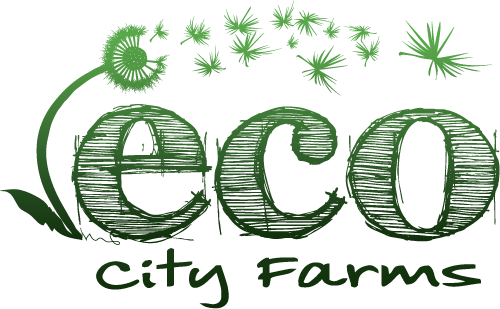Behind the Food Part 1: Fickle Weather Brings Veggie Flowers
Photos and text by Antonio Hernandez
“You used to be able to look at a farmer’s almanac and predict the weather…but those days are long gone.” That’s a familiar refrain among the farmers at ECO City Farms, who understand the effect erratic weather can have on crops. Last year’s temperamental weather devastated Michigan’s apple crops – due to 80-degree days in March and then some freezing April nights. Farmers experienced fickle weather the last two years across parts of Midwestern United States. Last year there were lower-than-anticipated crop yields, in response to a drought, which greatly affected corn and soy production. This year, it rained more than normal, making it hard for them to recover. On the west coast, rising temperatures are speculated to lead to “force adaptation” for grapes in vineyards across California.

Though parts of the U.S. have experienced record cooler temperatures, temperatures around the world have been climbing steadily for the past century. The National Oceanic and Atmospheric Administration (NOAA) reports that so far, January and February are tied with having the ninth-highest global temperatures on record. Though this past March was the 10th warmest on record, “record cooler temperatures” have pervaded much of the U.S.
Most crops aren’t designed to withstand such inconsistent weather, and that’s when they start to bolt. Bolting occurs when certain crops, especially leafy vegetables, bring their normal growing process to a halt and start to produce flowers. With self-preservation as these priority, these plants shift their resources into producing seeds for the next generation, rather than facing an unknowing fate.

At ECO City Farms, the greens have done just that. Margaret Morgan-Hubbard, ECO’s founder and CEO, explains that the plants begin “to grow up, instead of out,” ensuring that the flowers can absorb the necessary sunlight, and be welcoming hosts to pollinators (such as bees). While these plants adapt, the farm has to adapt as well – and adopt new methods of planting in response. While Maryland’s climate has been typical characterized as mid-Atlantic, it now resembles regions further south.
ECO City’s farm staff have ideas on how urban farming will change this year and beyond. Be on the lookout for the next “Behind the Food” on ECO City’s blog!
